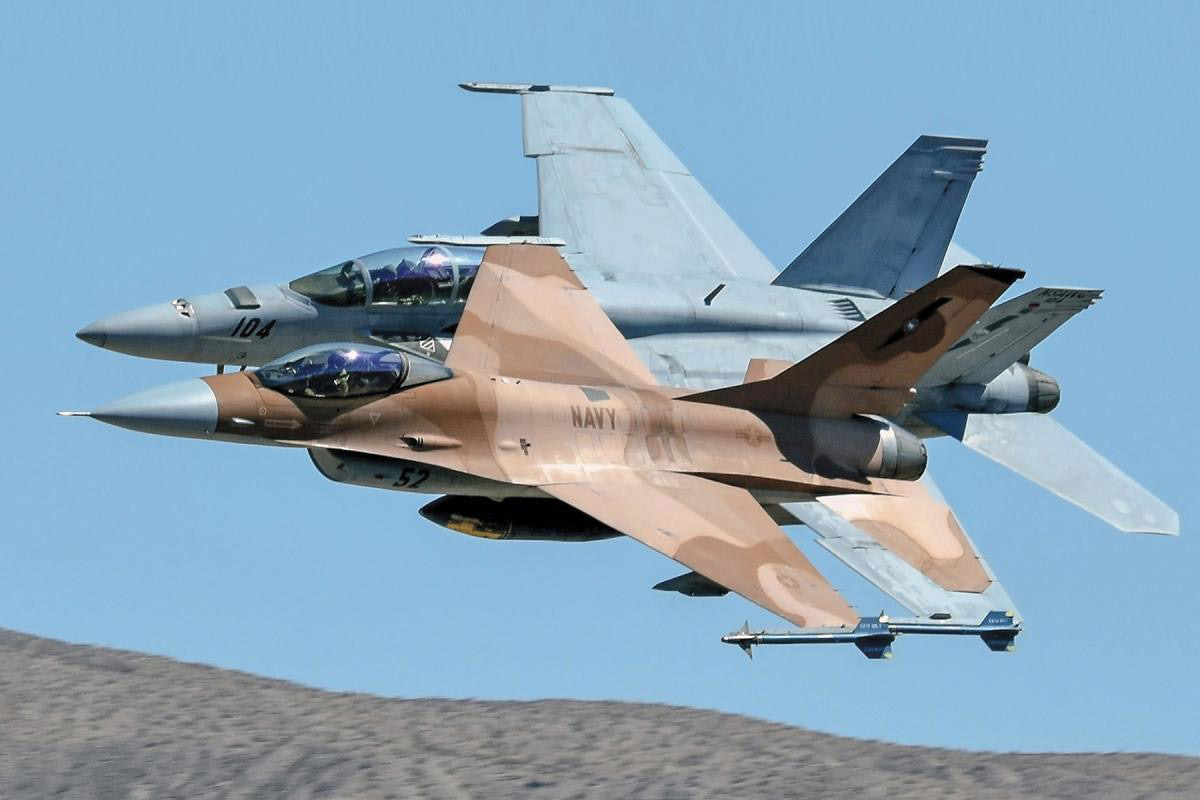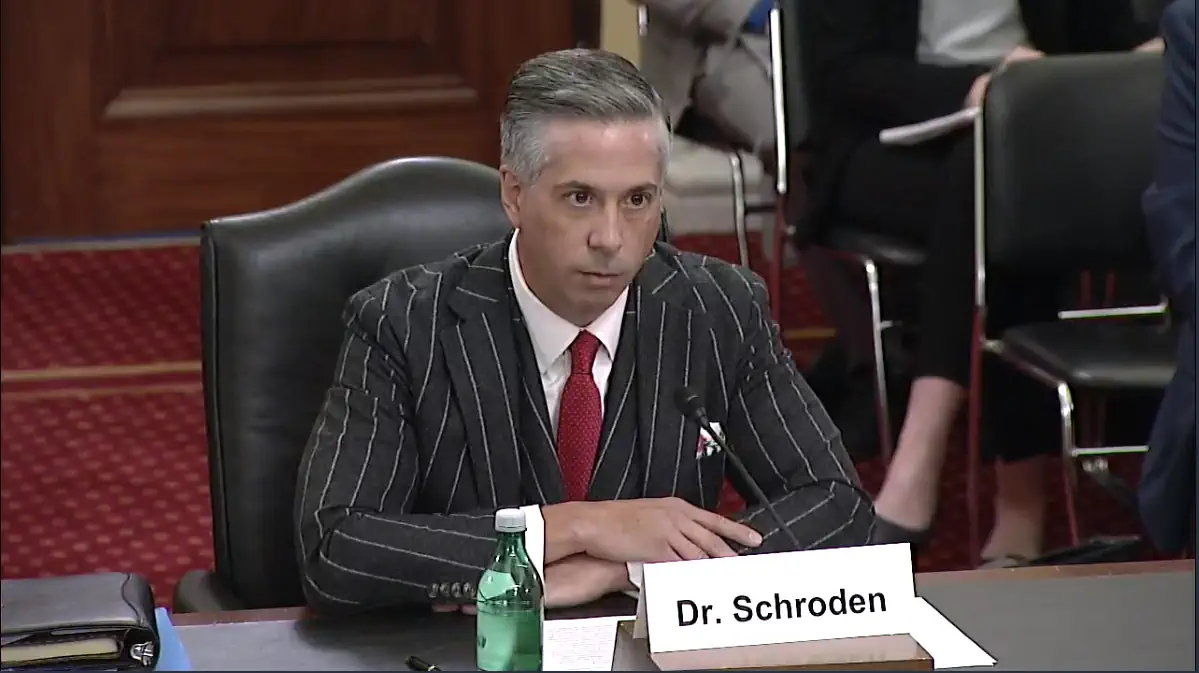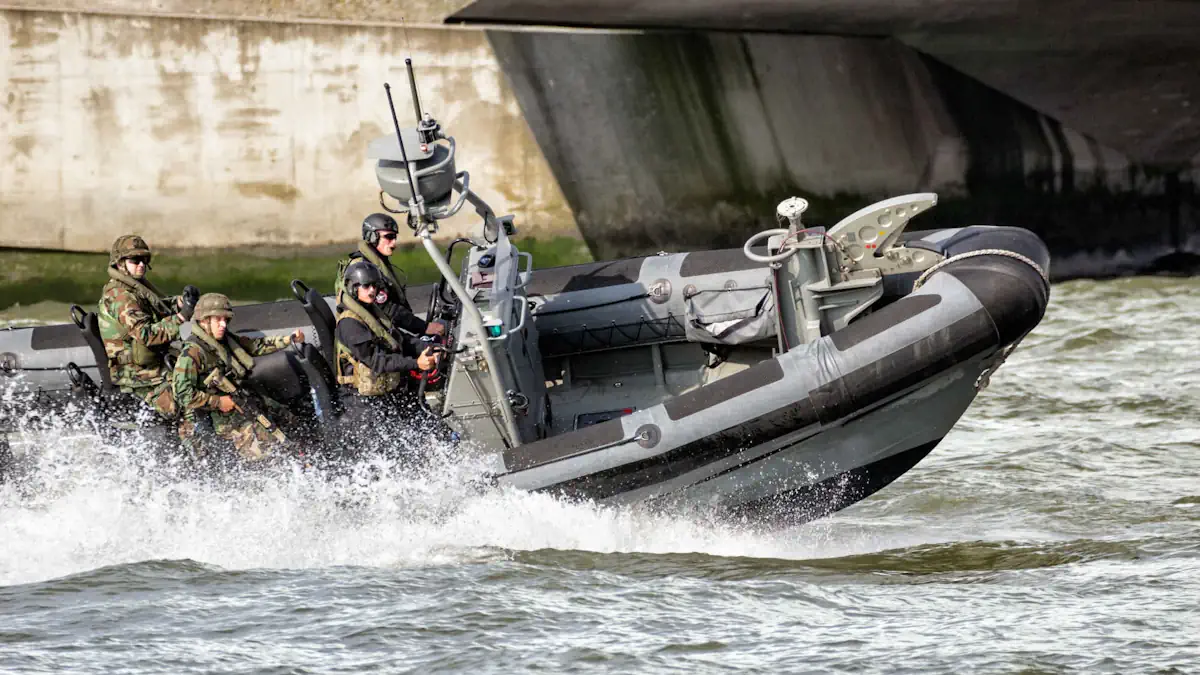At sea, lives depend on the expertise of sailors assigned to find and destroy incoming missiles. CNA is working to give those sailors objective feedback to better defend the fleet.
Danny Powell’s career has taught him to quantify everything, from the time he was studying for his PhD in chemistry to his years of experience as a CNA surface warfare analyst. So Powell felt compelled to act when he first observed the feedback debriefs that warfare tactics instructors gave to watch teams that were practicing antiship missile defense. The instructors used their gut impressions—informed by deep experience—to convey to sailors and their leaders how they had performed in protecting their strike group from simulated incoming missiles. But the instructors had no data, no quantified results on hand to back up their assessments.
No one asked Powell if CNA could supply the trainers with quantified estimates of success and failure to help sailors understand what works and what doesn’t. “I saw a gap,” says Powell. “They didn’t even know they needed it.”
Today, that same training command has learned to rely on quantitative analysis that CNA supplies within 12 hours of any Surface Warfare Advanced Tactical Training event, or SWATT. The analysis is built on CNA’s new Simulating High-Speed Innumerable Efficient Layered Defenses (SHIELD) model. It scores a watch team for each simulated attack, estimating whether they shot down all incoming missiles or let any deadly “leakers” slip through. Each attack event is color coded: green for a probability of zero leakers, orange for one leaker, or red for more than one leaker. SHIELD results are presented in charts and graphs for instructors to use in their debriefs. The analysis also suggests alternative missile-defense tactics, and it estimates how those tactics might have changed the results.
Powell emphasizes that the point of enhancing debriefs with SHIELD analysis is not to give commanders and teams a grade, but to stimulate better discussions, learning, and creative approaches to defensive tactics, techniques, and procedures. “It’s not ‘this was right’ and ‘that was wrong.’ It’s “if you had chosen another course of action, selected different missiles, different layers of defense, how might the result have been different?’”
What is SWATT?
Surface Warfare Advanced Tactical Training, or SWATT, is the premier exercise for crews preparing for deployment on destroyers, cruisers, and certain other ships. Over the course of three weeks or more in port and at sea, ship watch teams study and practice defending the fleet. In addition to integrated air and missile defense, SWATT includes training in anti-submarine and surface warfare, amphibious warfare, and mine warfare. The Naval Surface and Mine Warfighting Development Center, or SMWDC, directs all SWATT exercises—whether in the Atlantic or Pacific—from its exercise control center in San Diego.
Powell initiated the development of the SHIELD model during the three years he was CNA’s field representative to SMWDC. For each SWATT exercise, he was present at sea or in the control center, observing how sailors react and learn to improve their tactics and skills. Determined to improve missile defense feedback, he worked with CNA headquarters experts in physics, mathematics, and programming who developed SHIELD in Python programing language. With each iteration of the model, Powell collaborated with SMWDC to ensure that CNA received the most accurate, complete data and sent back the most useful, objective analysis of missile-defense training events. “The back and forth between the CNA field rep at SMWDC and CNA headquarters, tweaking the model from event to event and getting constant, time-critical feedback—that’s the secret sauce,” says Powell.
For his efforts, Powell received the Civilian Service Commendation Medal from the SMWDC commander earlier this year. The text of the commendation notes that Powell “expertly led the development of the SHIELD layered defense model providing critical support to quantitative plan, brief, execute, and debrief analysis.”
Empowering Navy Training
Today, CNA receives SMWDC computer records of all defensive reactions to simulated incoming missiles: what was fired, at what, from where, and when. The data is processed at CNA headquarters in Arlington, Virginia. But the training command and CNA are working together to transfer SHIELD to SMWDC, so that the Navy can process and analyze training data themselves. At the same time, CNA is expanding the model to adjudicate missile defense in real time, not just for next-day debriefs. And future plans include adapting SHIELD to training other defensive capabilities, like electronic warfare.
Evan Nash, who leads the programming of SHIELD at CNA, says that the 12-hour quick-turnaround service is just an interim step on the path toward empowering the Navy, its instructors, and its watch teams to perform at the highest level. “The goal is the training,” says Nash, “The goal is the best possible feedback.”



